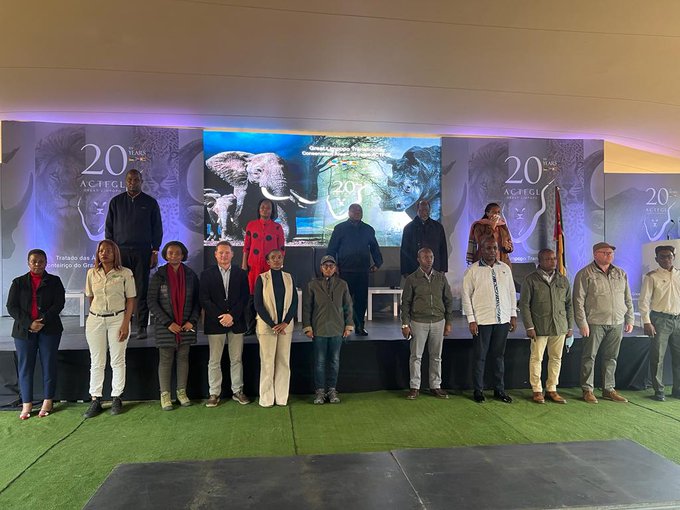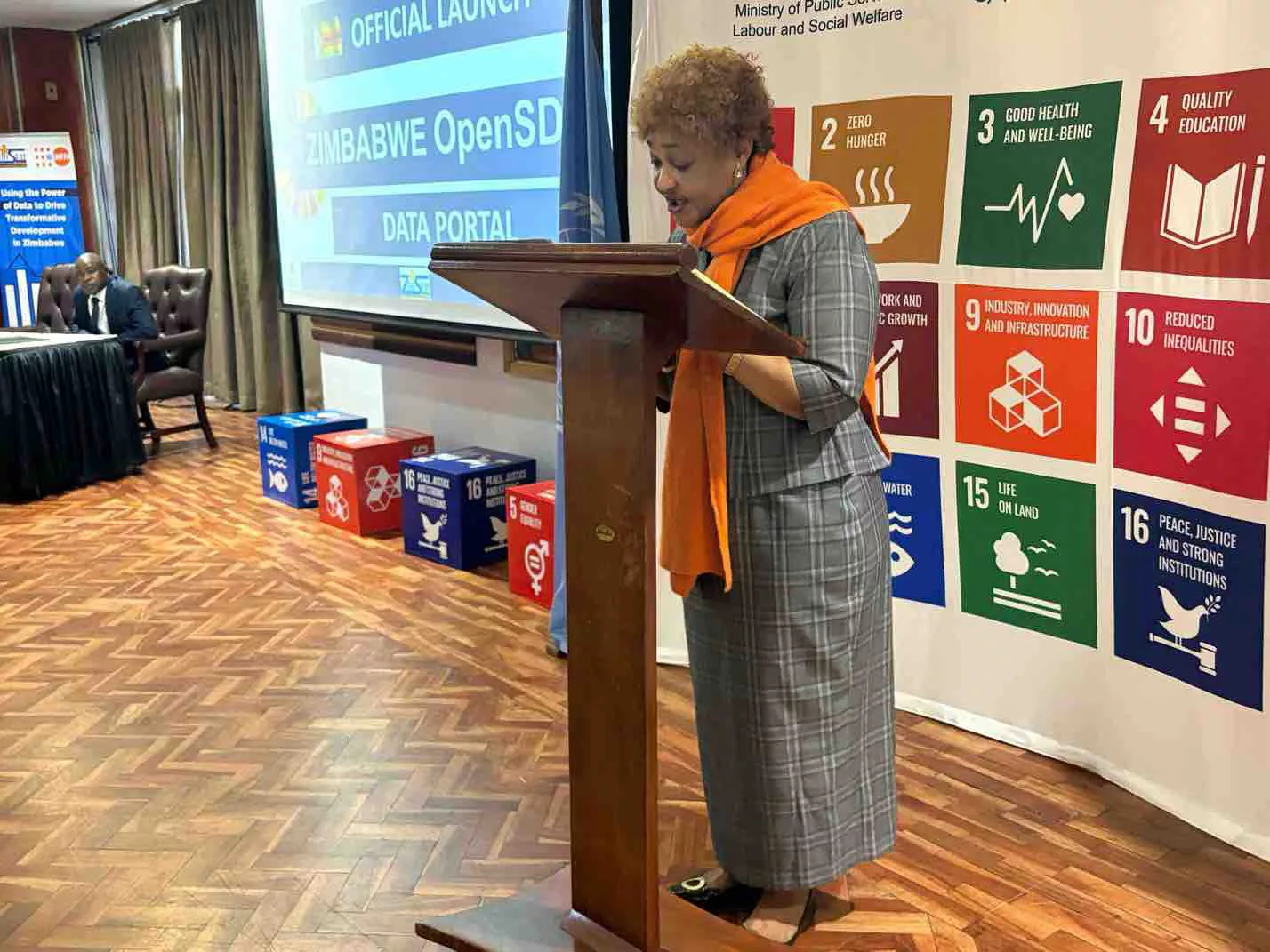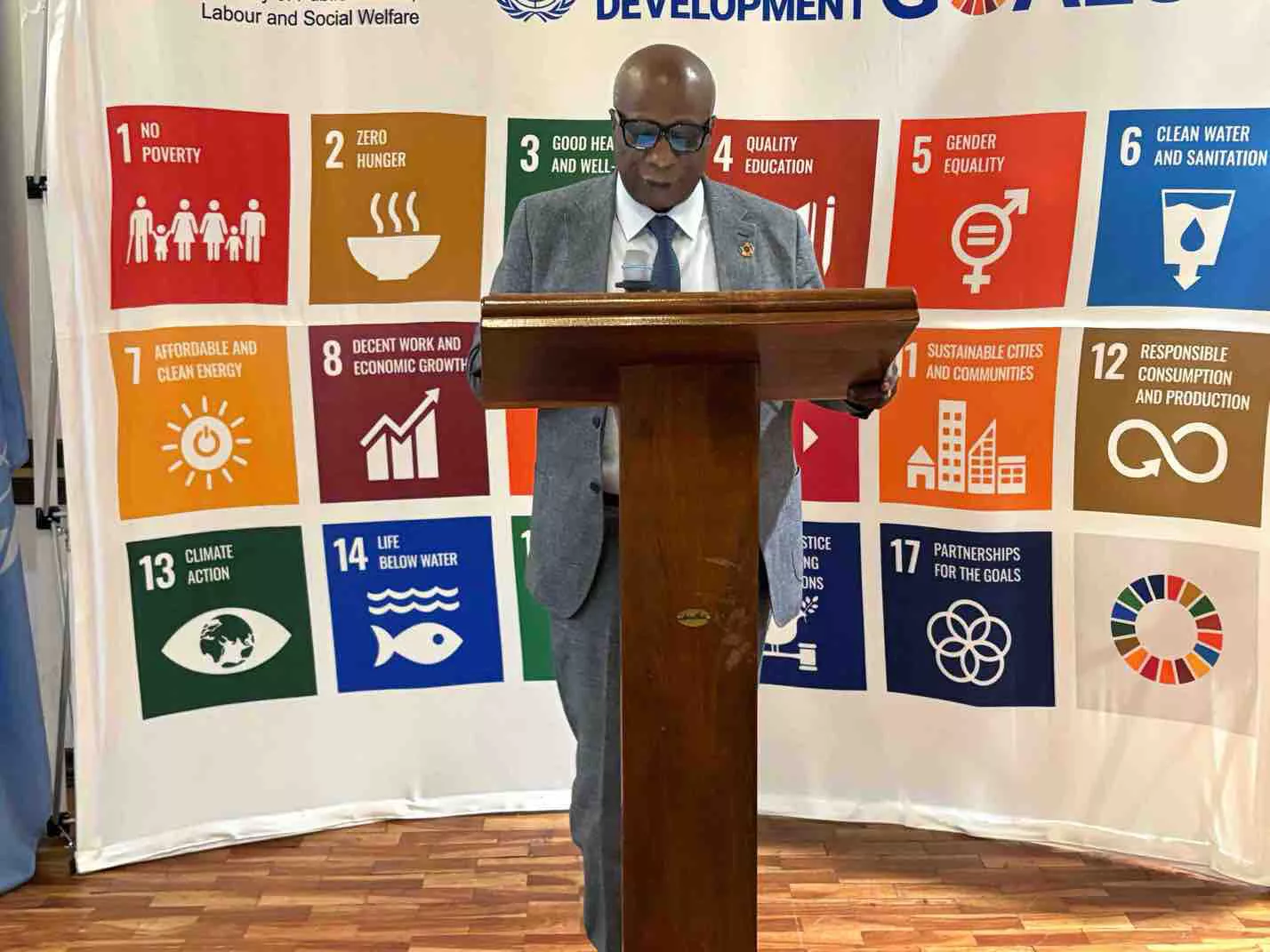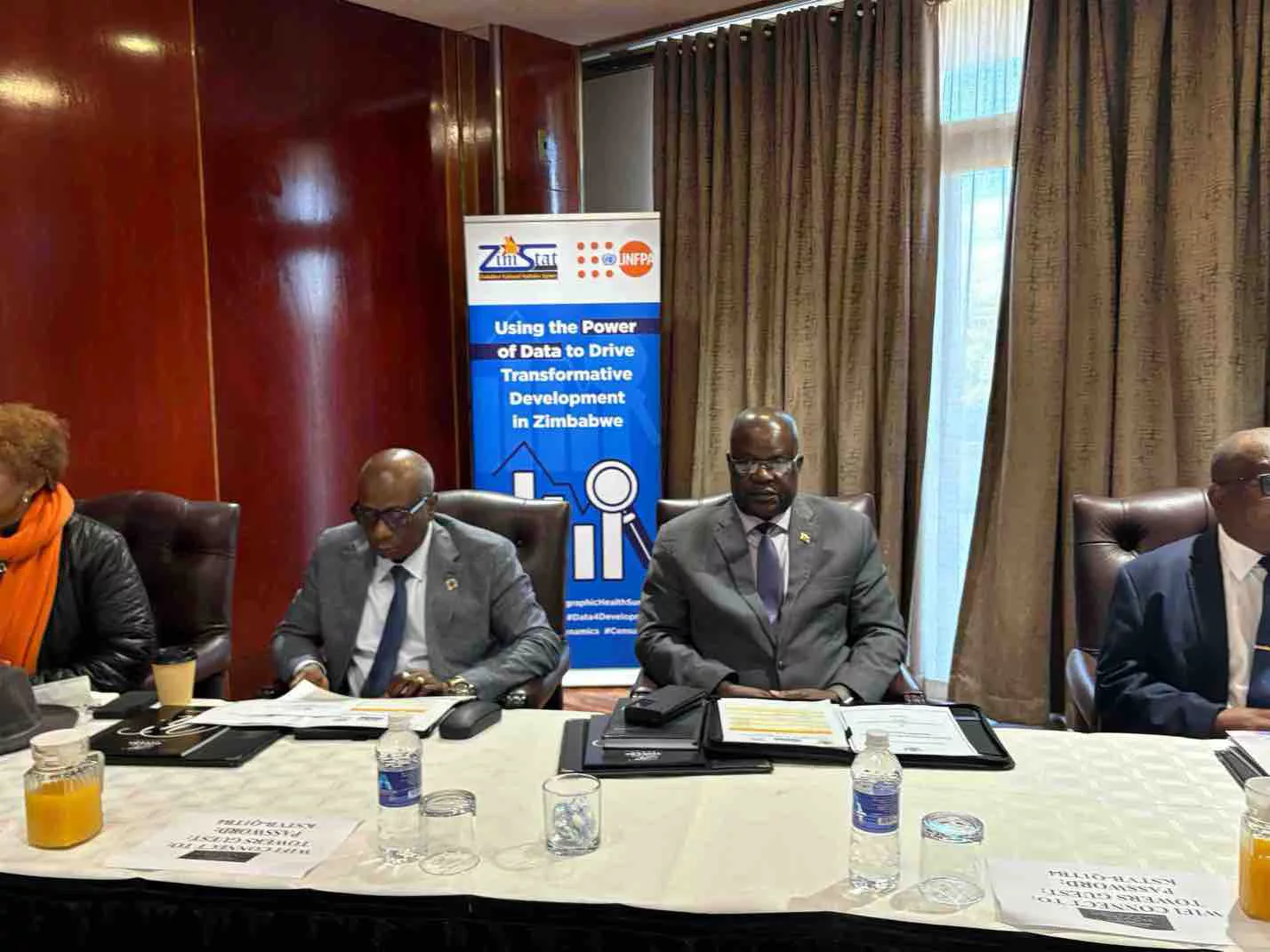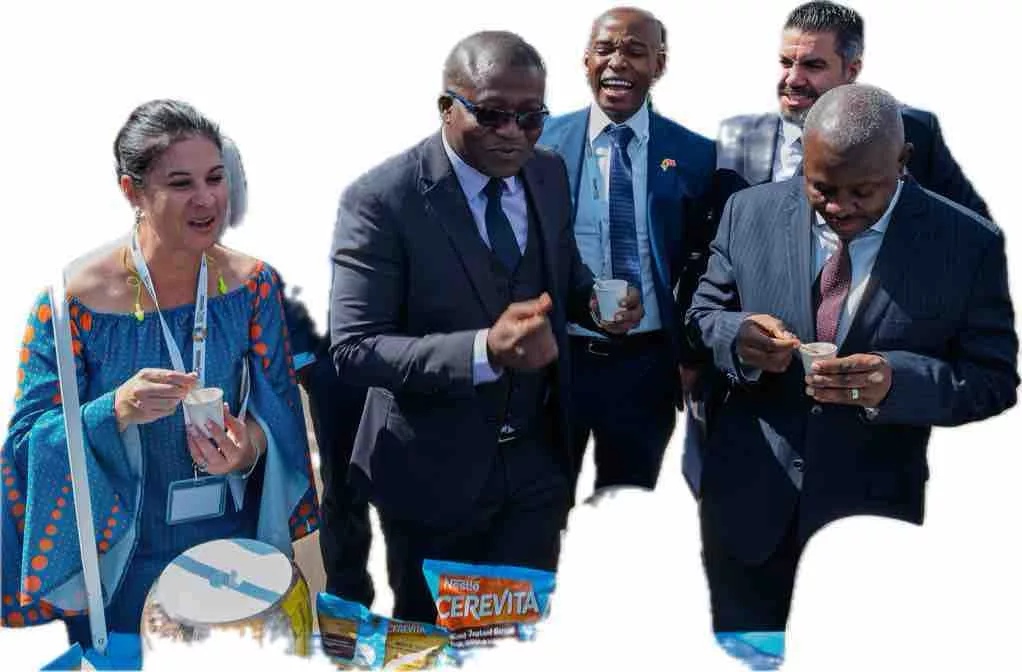|
Getting your Trinity Audio player ready...
|
The Deputy Minister of Environment, Climate, Tourism, and Hospitality Industry for Zimbabwe, Honourable Barbara Rwodzi joined other ministers from the Republic of Mozambique and South Africa in celebrating the Great Limpopo Transfrontier Conservation Areas (TFCA’s) 20th Anniversary in Mozambique, yesterday.
On the 9th of December 2002, the three heads of state for Mozambique, South Africa, and Zimbabwe signed a Treaty that enabled the management of this landscape as an integrated unit across the three international borders, which Treaty gave birth to the Great Limpopo TFCA.
The establishment and development of Transfrontier Conservation Areas was and is still recognised as the best mechanism appropriate for the conservation and sustainable utilisation of natural resources beyond national boundaries.
In a speech on behalf of the Minister of Environment, Hon Rwodzi said she was greatly indebted to the three former heads of state, President Chissano, President Mbeki, and the late President Mugabe for coming up with the initiative.
“While we are here today commemorating 20 years of Great Limpopo TFCA’s existence, we need to take stock of the achievements made over these years and the challenges that we faced. I am pleased to say, as a trilateral agreement, we have collectively managed to keep the transboundary conservation flame within the region alight. I can just highlight a few of the achievements that deserve to be mentioned as we celebrate the journey we traveled over the past twenty years.
“It is a fact that the area where our beloved Great Limpopo TFCA is found today suffered de-colonisation process and liberation struggles that raged in Mozambique, Rhodesia (Zimbabwe), and South Africa. The area of the GLTFCA was central to these conflicts and the legacy of war remains evident today with minefields and old battlefield sites still visible, especially between Zimbabwe and Mozambique. These landmines made it impossible for both wildlife and tourists to move freely from one country to another within the Great Limpopo TFCA landscape. With the TFCA initiative’s emphasis being on the free and seamless movement of tourists and wildlife within the landscape, today we can boldly say, strides have been made in the demining exercise along our borders,” Hon. Rwodzi said.
Besides pulling down fences and demining along the borders, the stakeholders are proud today to talk of improved land access within the landscape with the Giriyondo Access Facility opened in 2006, allowing visitors to the Great Limpopo Transfrontier Conservation Area cross-border access within the perimeters of the park for the first time. Currently, a complementary facility is being pursued between Zimbabwe and South Africa.
Hon Rwodzi said she was optimistic that before the end of this year, stakeholders will be celebrating the long-awaited launch of the Limpopo Tourism Access Facility between Zimbabwe and South Africa.
She alluded to institutional reforms implemented within the Great Limpopo TFCA as one of the many strides made so far since the inception of the Great Limpopo TFCA. With the GLTFCA initiative progressing from the implementation of the core areas, the Great Limpopo Transfrontier Park, to the development and implementation of the broader conservation area, the GLTFCA, as per the Treaty, the Great Limpopo TFCA had developed a wide range of joint plans, policies, and frameworks that support its effective implementation of different programmes and initiatives.
“Over the past two to three years, we have been seized with processes aimed at establishing the Secretariat. Today we are gathered here to commemorate our 20th Anniversary, witnessing one of the milestone achievements in the Great Limpopo TFCA where we have successfully translocated and restocked our Protected Areas with the endangered rhino species. I remember sometime in April 2014 when Mozambique and South Africa signed a memorandum of understanding on biodiversity conservation and management, with a view to addressing the scourge of rhino poaching in Great Limpopo.
“In line with that Memorandum of Understanding, Great Limpopo TFCA partner states started to put up infrastructure to reintroduce and manage our rhino population. Recently, we have seen rhino re-introduction into the Great Limpopo TFCA landscape being prioritized. In Gonarezhou National Park, rhinos were re-introduced in 2021, while a similar project that we are witnessing today has been embarked on in Mozambique, a notable achievement that we can reflect on as we commemorate our 20th Anniversary.”
Hon Rwodzi added that while stakeholders are celebrating the journey of two decades since the birth of Great Limpopo TFCA, it is important also to reflect on the challenges that we are facing.
“Our communities are yet to benefit from the TFCA initiatives although we are twenty years down the road. Our communities are still living in poverty while our wildlife populations are ballooning, and we are losing more human lives than ever before through human-wildlife conflicts. It is my desire that we start to invest in our communities so that they appreciate the value of the biodiversity conservation work they are doing. The governments of the three Great Limpopo TFCA partner states, hear this clarion call, our good conservation efforts have brought us this far. But what are we benefiting from our efforts at the end of the day? Who is going to enjoy these wildlife resources that we are sweating to conserve? Let us start to think and act so that we enjoy the fruits of our sweat,” she said.


